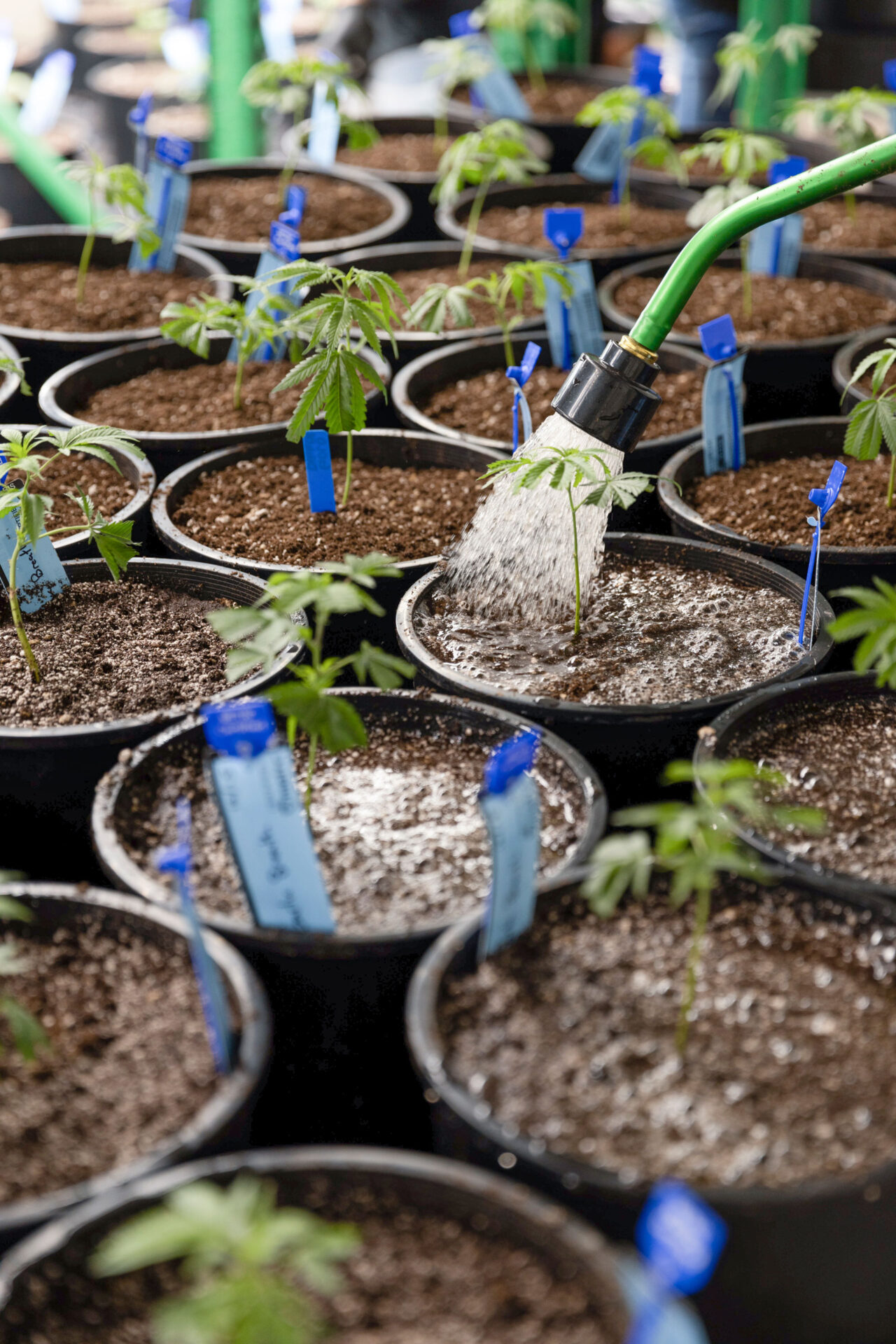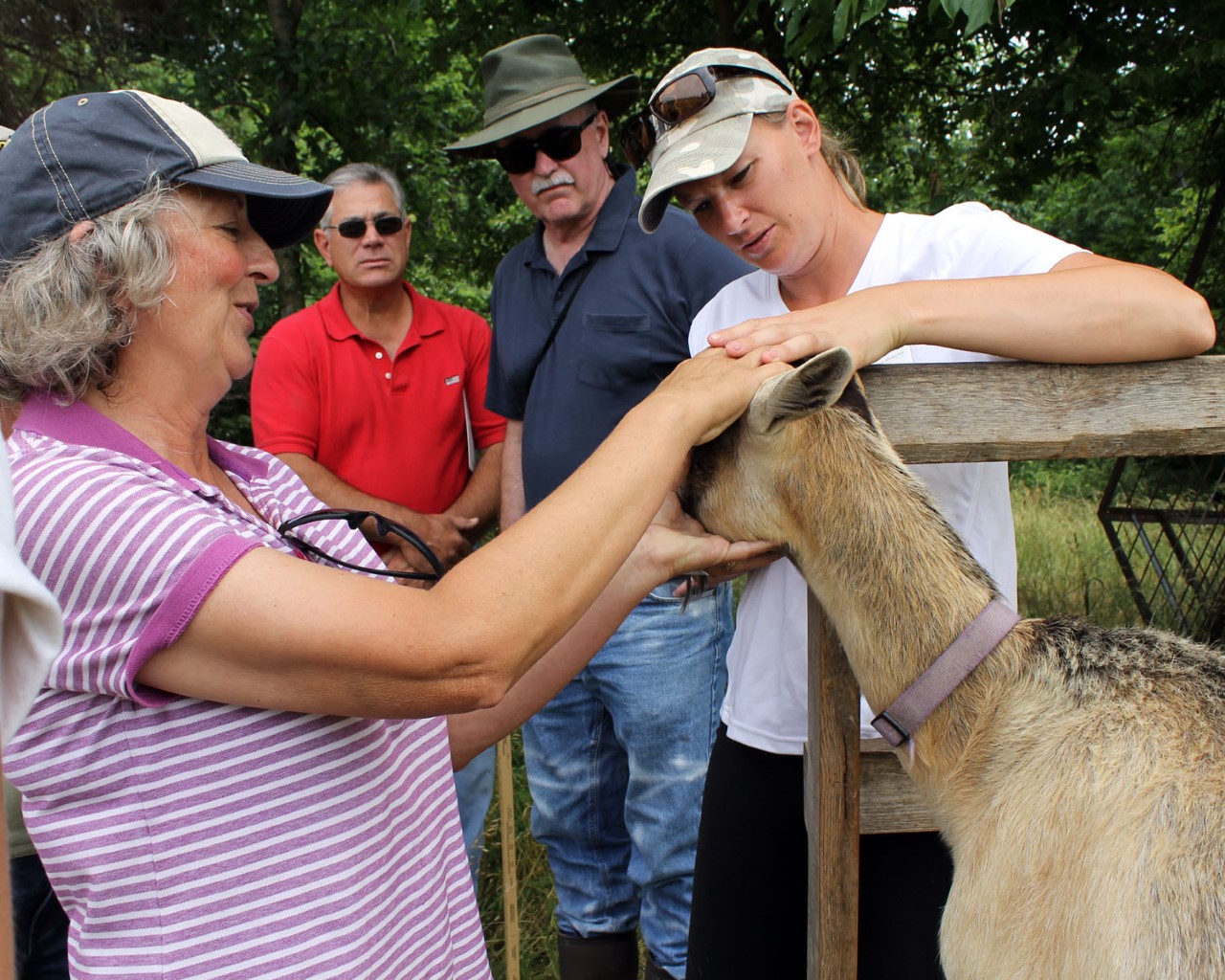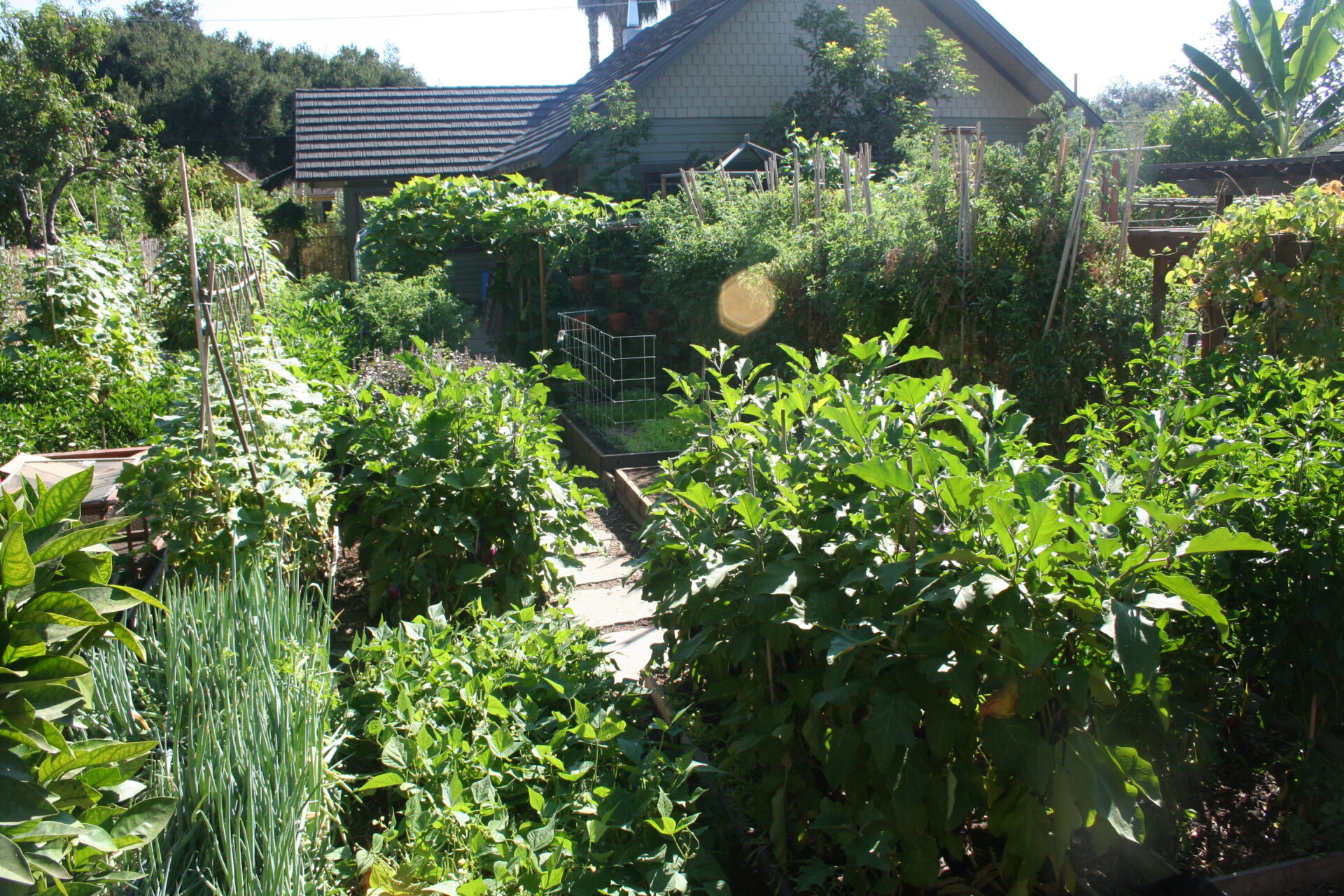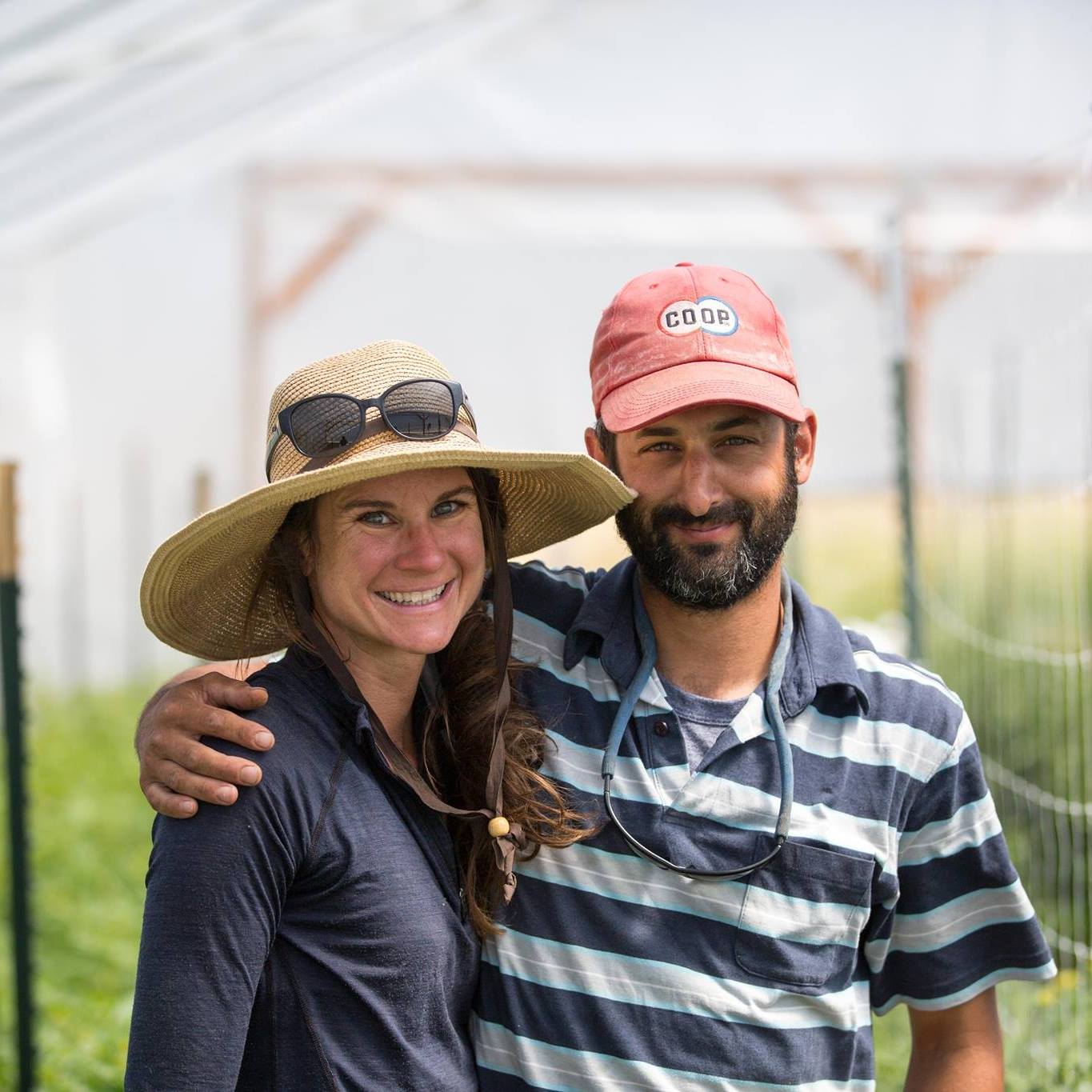
Farmers and ranchers in the West have confronted considerable challenges with the COVID-19 pandemic. They have been dealing with rapidly changing markets, supply chain slowdowns and shortages. Strongly shifting consumer behaviors and dramatic drops in demand from restaurants and schools required them, as well as farmer organizations, to respond quickly and creatively. This has required a lot of hard work and long hours. Along with this hard work, producers still face uncertainty about the future.
Western SARE conducted a survey of its stakeholders in April to get a better idea of the impacts of COVID-19 on the food system. The survey also demonstrated strategies undertaken rapidly to adapt to new situations. A report based on the survey results was developed and can be found here. Given the valuable information shared, Western SARE followed up with producers and farm organizations who shared their stories in more depth.

Changing Markets
Larry Bailey, owner of Clean Food Farm, was well-known at local farmers markets for providing organic blueberries and pastured eggs for consumption within a 100 mile radius of Pierce County, Wash. But when COVID-19 hit, he had to quickly pivot from farmers market and wholesale restaurant sales to on-line direct-to-consumer sales. As a small farmer, finding on-line platforms to use was challenging. So, he created his own system and now is sold out of pastured eggs until September.
The typical online ordering platforms have been designed for farmers and ranchers with approximately $1 million-plus per year in revenue and don’t provide discounts for small producers. Larry has 135 customers, enough for him, but not enough to effectively use and pay for these platforms.
“I bootstrapped my system using a WordPress website to get me through this year. I have to add and track my product manually and use it for shipping. It does work and I’ve sold subscriptions two months in advance,” Bailey said.
Bailey’s eggs are rated high due to having three times the typical vitamin E and four times the Omega-3s of regular eggs. As important as that is, Bailey markets on flavor, not food chemistry. With the change in how customers find Clean Food Farm and purchase its products, Bailey is finding new ways to connect with people about his values and the quality of his food.
“I did my research and identified who my ideal customer is. She’s female, around 44 years old with children and a full-time career,” Bailey said. “This was important to learn as previously my customers knew me from the farmers market and I had no way to contact them. I’ve started a blog with a one-minute read and created a short video that addresses my ideal customers’ concerns. I’m being me and I’m connecting.”
Like Clean Food Farm, Mountain Roots Produce in Southwest Colorado quickly changed its markets. Farmer Mike Nolan has been working hard to shift from wholesale markets to CSA boxes, change cropping plans and build new caterpillar tunnels. It’s all working for him, but it’s tough.
“I’m as tired now as I should be in August,” said Nolan in late May.
Farming in Southwest Colorado was already challenging with an ongoing drought, and the market channeling changes came close to “the straw that broke the camel’s back.”
Before COVID-19 hit, Nolan had seven acres in production along with cover crops. He is now fallowing some acres, reducing production acres to 3.5. Because he hadn’t yet planted due to snow, he was able to quickly change the farm’s cropping plans. The majority of the crop goes to CSA boxes, with wholesale picking up some as restaurants are slowly opening. The number of CSA subscriptions increased from 70 to 150, with a waiting list.
“The CSA program will let us make it through the summer,” Nolan said. “We have 2.5 acres of storage crops that will also let us get through until restaurants fully open and we get back to normal.”
With the increase in CSA subscriptions, the farm’s high tunnel was “about to burst at the seams.” Nolan and his crew built two more caterpillar tunnels for cucumbers, peppers, and tomatoes.
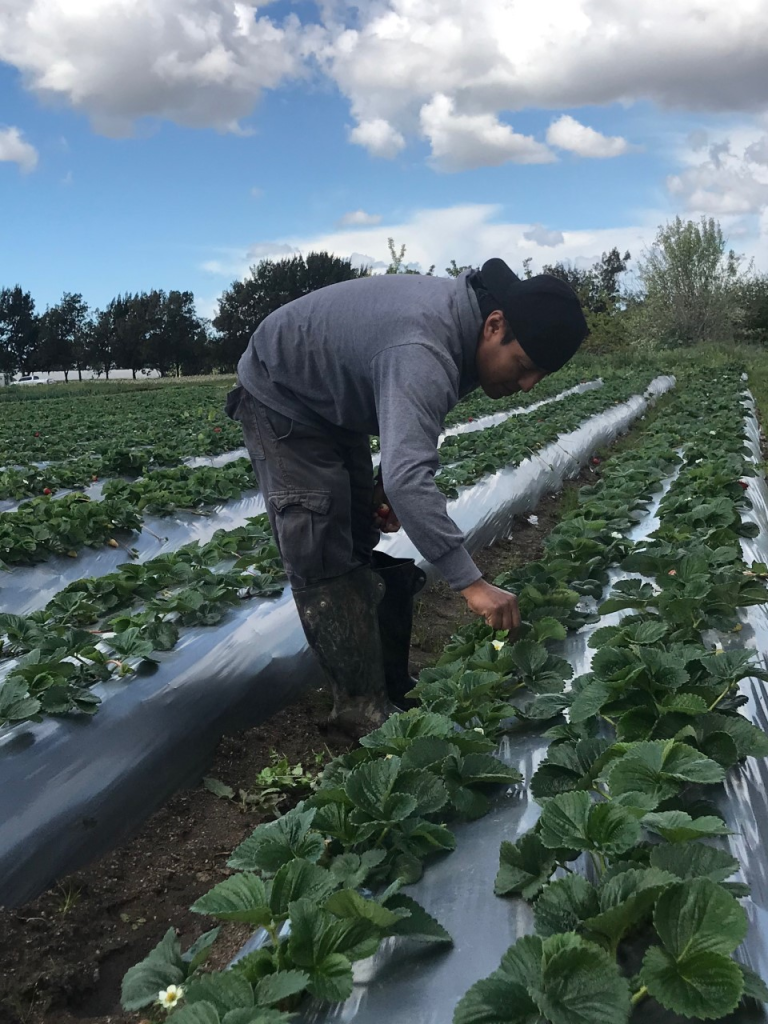
Supporting Farmers and Ranchers
Making Connections. As a leading farmer organization in California, the Community Alliance with Family Farmers (CAFF) quickly changed how they assisted producers as they found their normal supply chains disrupted.
According to CAFF’s Director of Membership and Communications, Evan Wiig, their Farm to Market team already had connections with both buyers and sellers. In March, they worked to get an idea of what the new needs were and to then use existing relationships to make connections. These efforts included making one-off connections, doing some matchmaking themselves, or sending distributors a list of farmers when asked.
“This is the work we do on a regular basis, but now on steroids,” says Wiig.
That was the first wave. A second wave hit in May with the increase in food box programs, specifically federal, state and local emergency food boxes. These programs are purchasing product from small farmers and farmers from socially disadvantaged communities.
CAFF has been working for years to get local foods included in disaster relief efforts.
“There’s typically a disconnect, such as when local farms were hurting and trying to off-load product during the Santa Rosa fires but emergency relief programs were buying from large distributors,” Wiig said.
Some COVID-19 emergency programs have panned out better than others, but overall, CAFF saw a huge demand. Suddenly the Farm to Market team was scrambling to meet the demand.
“The team is working hard helping the farmers who need it the most,” Wiig said.
Technical Assistance. The farm training and incubator organization for limited resource and aspiring organic farmers, Agriculture and Land-Based Training Association (ALBA), spent March trying to make sense of rapidly changing conditions, both for their programs and for their farmers, according to Education Program Director Nathan Harkleroad. As an essential service, staff was still coming on-site to help farmers with production, food safety, infrastructure and marketing. The staff shifted to meeting farmers outside, requiring masks and setting appointments rather than accepting drop-ins.
Most challenging was changing ALBA’s training model. They had to very quickly move to online training using Zoom and Google Classrooms.
“Farmers really grabbed the opportunity to learn online,” Harkleroad said. “We asked them to use the app and provided a little training on Zoom, and it has gone very well.” Almost 100% participated in the first Zoom training.
“I’m so impressed their ability to learn the technology with such short notice,” said Nancy Porto, Community Relations and Environmental Education Officer.
Financial Assistance. California FarmLink provides loans to farmers and ranchers, focusing on small-scale, sustainable entrepreneurs. The organization has made 353 loans to farmers and ranchers in 30 of 58 California counties since 2011.
FarmLink leveraged their investment and expertise in lending and business support to quickly assist farmers in need when COVID-19 impacted markets. Since March, they have provided 102 forgivable Paycheck Protection Program (PPP) loans totaling more than $2.3 million. They also have provided special emergency loans at 0% interest for two years with no payments for six months.
“Starting in April, we quickly geared up to decipher government relief programs and create new loan products to meet the farming community’s challenges. As we move forward, we are determining how much capital is needed and how to manage such a quick outflow of capital so we can maximize our impact,” said Executive Director Reggie Knox.
Porto at ALBA has also been helping farmers take advantage of financial assistance with on-line applications. Since the farmers are busy and need to make money by staying in the field, they don’t have time to sit on hold with an 800 number. There are also language barriers and paperwork hurdles, which Nancy helps mitigate.

The Future
Bailey is going to continue his blog and online system, adding more products, until he grows large enough for a commercial platform. He plans to return to selling to local restaurants and an upcoming local online store. He believes catering and value-added products, such as with a future blueberry crop, will allow him to be more profitable. Due to the amount of work, he will likely drop farmers markets.
“I get my time back with the online sales as I move the same amount of our pastured eggs in half the time,” said Bailey.
Nolan is watching the demand for CSA subscriptions and attempting to plan for the future. It’s challenging as it’s uncertain where the region will be with COVID-19 and shifting consumer patterns in the fall. He is staying in conversation with the local Farm Bureau and Farmers Union about planning for and meeting local demand.
However, for Nolan, the CSA model is not working. He finds it stressful and challenging work. It works for the farm now, and he wants to meet his commitments to local customers so the farm is continuing with the program. In the future the farm may get rid of the tunnels and cut back on the number of crops grown. The future may be in growing storage crops and going back to selling wholesale to restaurants. He’s beginning to have conversations with chefs, working out the cash flow, and will start making changes in October and November.
“We’ll be all right and survive all of this, but it’s been a bit much to handle with extra labor and new protocols while out in the field and making deliveries,” Nolan said.
As for everyone else, it’s hard for CAFF to predict the future impacts on their farmers and their programs. Some crops haven’t come in yet, like apples. If the supply chain is still disrupted with restaurants, employee cafeterias and schools closed, those growers could be hurt.
“It’s not about a lack of demand for food but how people buy it, and are the markets nimble enough,” Wiig said.
Wiig believes CAFF is positioned well to be nimble: Large and organized enough to provide the resources and support needed, but small and grassroots enough to shift quickly to meet priorities.
“Whatever happens next we’ll be able to pivot to what is needed in the moment.”
Like all farm organizations, CAFF has other programs that they need to focus on. The organization needs to work on both what is going on today and also focus on other issues like climate change. Getting people’s attention back to these issues is the challenge.
ALBA would like to return to in-person courses, but will adjust to shifting Shelter in Place regulations. The courses are accredited by Hartnell College so ALBA will follow their guidelines in the fall. Harkleroad says that they have seen an increase in interest for farmer training due to job losses.
“The benefit of online courses is that they have been recorded so we can use them to meet future needs,” said Harkleroad. “Zoom also includes translation so we can offer bilingual online recordings.”

